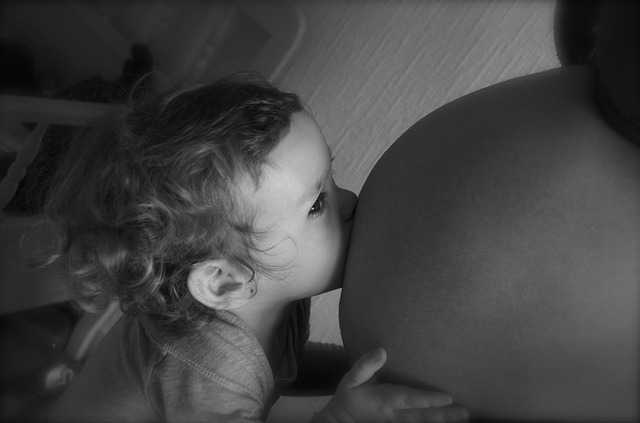If you’re looking into in vitro fertilization (IVF), you might come across the term “assisted hatching.” This technique can be particularly useful for some individuals trying to conceive, but it’s not a one-size-fits-all solution. Let’s break down how it works and who might benefit from it.
How Does Assisted Hatching Work?
Assisted hatching gives embryos a little extra help in breaking through the zona pellucida, a thick outer layer that surrounds them. For an embryo to implant successfully in the uterus, it must hatch from this layer. If an embryo struggles to do this on its own, assisted hatching can facilitate the process.
When is Assisted Hatching Performed?
Typically, assisted hatching is done on the third or fourth day of your IVF treatment. This is when the embryo is starting to attach to the uterine lining. An embryologist will monitor the embryo’s development using an EmbryoScope™, a special incubator equipped with cameras that provide a time-lapse view of growth. The embryo is graded from A (high quality) to F (lower quality), and your embryologist will discuss the findings with you during your consultation.
The Procedure Explained
While the idea of assisted hatching may sound intimidating, it’s actually quite straightforward. An embryologist uses a laser to create a tiny opening or weaken the zona pellucida, aiding in the process of hatching. This procedure can also be applied to thawed frozen embryos.
Why Consider Assisted Hatching?
The primary advantage of assisted hatching is that it can potentially improve the chances of embryo implantation and increase the odds of conception, especially in older women. As women age, the zona pellucida can thicken, making hatching more difficult. This technique can be especially helpful for those who have experienced unsuccessful IVF attempts.
Are There Risks?
While generally safe, assisted hatching does come with some risks. There’s a slight chance that the embryo could be damaged during the laser application or due to temperature changes, which is why these procedures are performed in controlled laboratory settings. Additionally, there is a slightly higher chance of having identical twins.
Who Should Consider It?
Assisted hatching is typically recommended for individuals facing lower chances of successful implantation, such as those over 37 years old or those who have had several unsuccessful IVF cycles. It may also benefit those with lower-quality embryos or reduced egg counts.
What Are the Success Rates?
According to the Human Fertilisation and Embryology Authority (HFEA), assisted hatching is categorized as an add-on treatment with limited evidence of its effectiveness for most patients. However, that doesn’t mean it won’t work for you! Your medical team will assess your unique situation and help you determine if assisted hatching is a suitable option.
If you’re curious about getting more insights or considering fertility treatments, TFP Fertility is here to help.
In conclusion, assisted hatching can be a valuable option for certain individuals undergoing IVF, particularly those with specific challenges. If you’re interested in learning more, check out this excellent resource on pregnancy and home insemination. Also, feel free to explore our other blog post about twins and multiples for some fascinating insights!

